 Written by Morgan Hopkins, DPT, CMTPT
Written by Morgan Hopkins, DPT, CMTPT
Although standing inside a cold tank may seem like a strange path to health, the cryotherapy trend is becoming increasingly popular as both the anecdotal and scientific evidence confirming its benefits continues to grow. With more professional athletes and celebrities using cryotherapy daily, spas, clinics, gyms, fitness centers, and other healthcare businesses are starting to replace ice baths with cryotherapy machines instead. But how do you know what type of equipment will work best for your particular requirements, especially when it comes to how these machines are powered? Whether it will be used at home or in a healing business, we invite you to read on to learn how to choose the best cryotherapy machine to fit your unique healing goals.
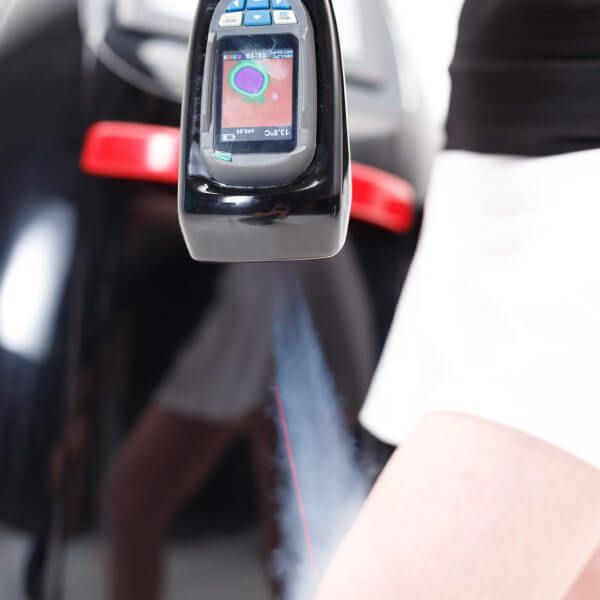
A cryotherapy machine delivers super-cooled dry air to lower the user’s body core temperature to a point where the body releases endorphins, adrenaline, and other neurotransmitters, while it also stimulates blood flow. This cold therapy results in reduced inflammation and pain, accelerated muscle recovery, and improved mood and well-being. The most common types of cryotherapy machines utilized to produce this therapeutic effect are cryo-chambers and cryo-saunas.
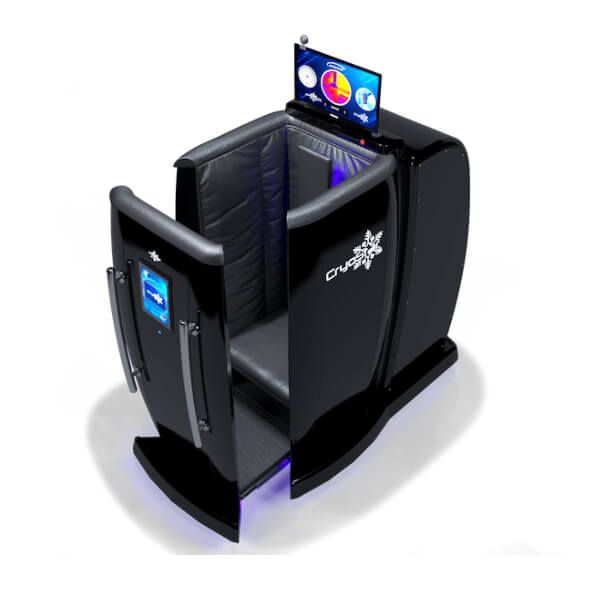
Cryo-chambers offer whole-body cryotherapy with the user’s whole body and head inside the equipment, while cryo-saunas offer partial-body cryotherapy with the user’s head outside of the equipment. Both types have been found to provide the same level of cryotherapy benefits, requiring the user to stand inside for anywhere from 1 to 5 minutes in temperatures that can range from -120 to -300 degrees Fahrenheit.
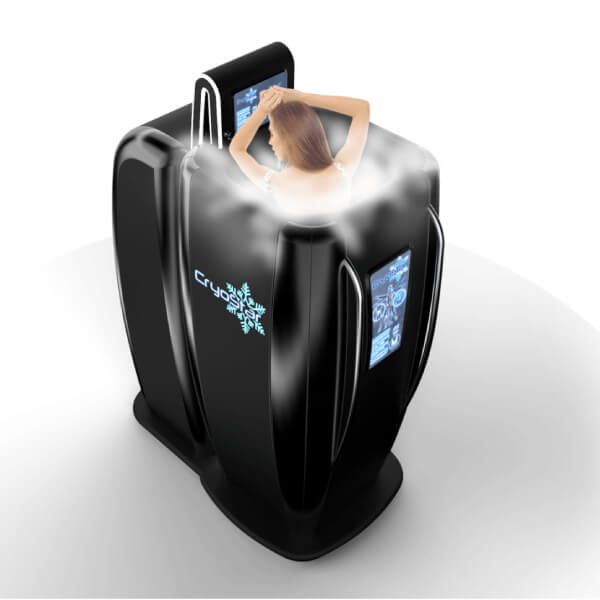
Cryo-saunas and cryo-chambers that are powered by liquid nitrogen generally convert it into a gas that is pumped into pipes located inside the walls of these machines. This gas then super-cools the surrounding fresh air that is pushed inside the chamber or sauna. While most cryo-saunas use electric power instead of nitrogen, there are several on the market that do offer this gas technology. Nitrogen-powered cryotherapy machines typically offer colder temperatures than their electric counterparts, are smaller or more compact, and often have a cheaper up-front cost. Although innovative technology in recent years has made many nitrogen-powered cryotherapy machines completely safe when used appropriately, this gas does pose a safety risk if it’s inhaled for long periods.
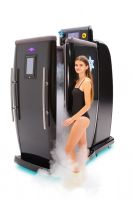 | Cryo Chamber for Hot and Cold Cryotherapy - CryoStar Cryosauna from VacuActivus View Product |
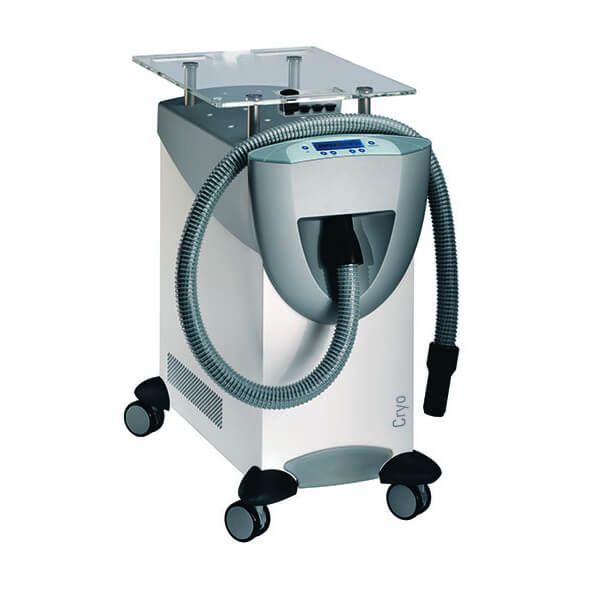
Electric-powered cryotherapy machines use electricity to compress the air to trigger colder temperatures. Most cryotherapy machines that use electricity are cryo-chambers, providing whole-body cryotherapy, including the head. Larger than cryo-saunas, electric-powered cryo-chambers take up more space, making them ideal for spas and clinics. Although they often have a higher price tag than nitrogen-powered cryotherapy machines, they’re often cheaper to operate in the long run, as the electric power required to operate them does not typically cost as much as liquid nitrogen, nor do you need to routinely purchase liquid nitrogen. Frequently sized to allow multiple users, electric cryo-chambers are popular with high-volume sports complexes and hospitals as they can serve more clients.
| Localized Cryotherapy Machine For Targeted Cold Therapy | Iceberg View Product |
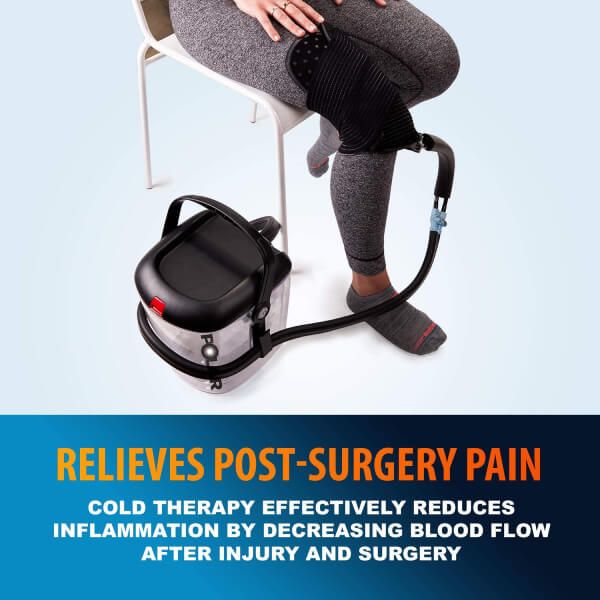
While both electric and nitrogen-powered cryotherapy machines definitely have their proponents, one is really not better than the other - it all depends on your specific requirements to determine which type is best for you or your health practice.
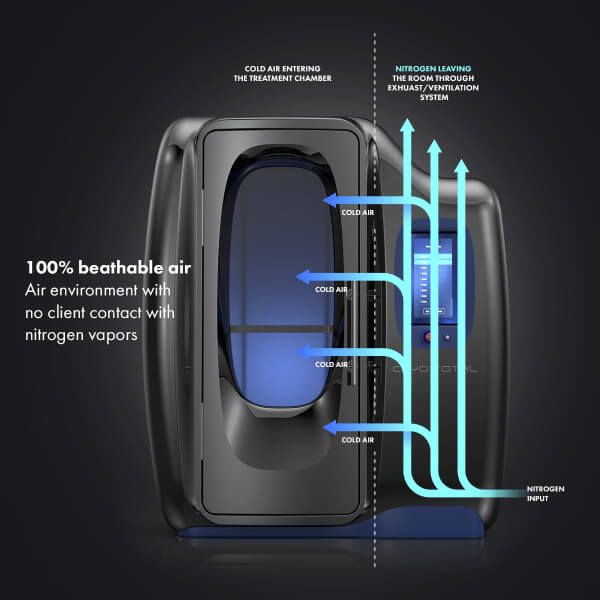
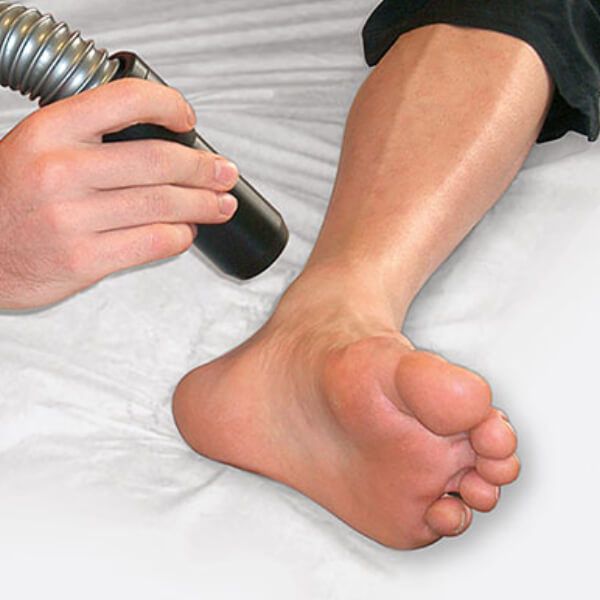
While the argument about whether electric cryotherapy or nitrogen cryotherapy is better continues to rage on, the reality is that both offer great benefits and advantages depending on what you want. As a booming industry that’s scaled to grow, cryotherapy machines are used by professional sports teams, superstar athletes, and top celebrities, along with spas, wellness centers, fitness facilities, and individual healthcare professionals.
Adding a cryo-chamber or cryo-sauna to your therapy practice can help you achieve a total ROI within a few months. But it’s important to know the differences between electric cryotherapy and liquid nitrogen cryotherapy machines to determine which type works best for your location, budget, and therapy goals. With the information provided in this article, we helped you better understand these differences so you can make the best decision for your unique health practice.
Thanks for taking the time to read this information, and we invite you to learn more about cryotherapy along with a wealth of other educational information that can help you optimize your own health or the health of your clients at Caregiver University.

Morgan Hopkins is a licensed doctor of physical therapy and freelance medical writer. She practiced clinically in outpatient orthopedics for 8+ years specializing in intramuscular dry needling, dance medicine, and post-operative care. Morgan seeks to be a leader in the continued shift toward preventative healthcare, helping people optimize movement now so they can move for years to come. She is a firm believer in complementary therapies, holistic wellness, and functional fitness and is thrilled to be able to educate others through Rehabmart’s platform.